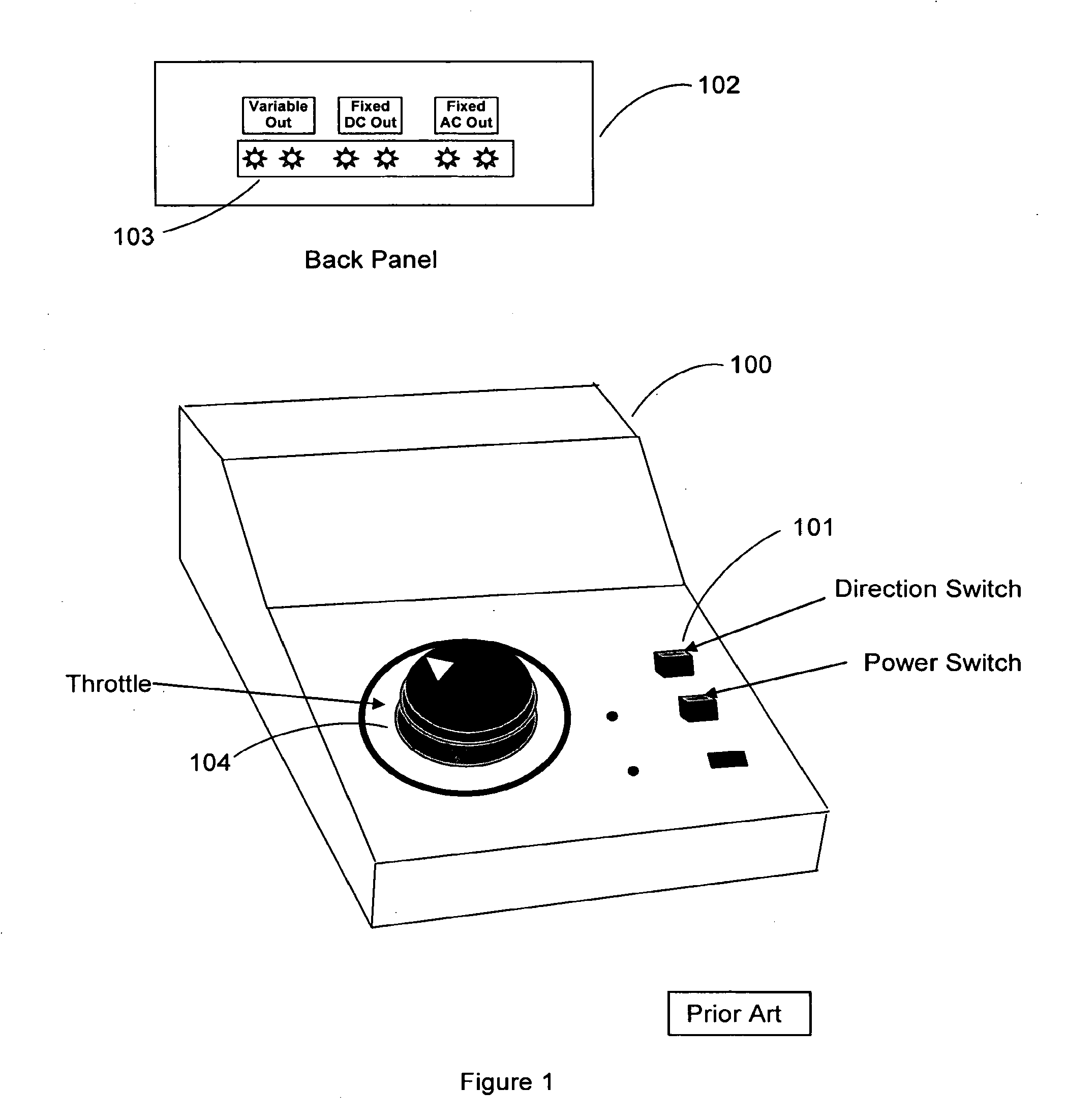Signaling and remote control train operation
a technology of remote control and signaling, applied in the direction of remote control toys, power distribution line transmission, pulse technique, etc., can solve the problems of compatibility, cost, obsolescence, etc., and achieve the effect of increasing the power of ac powered trains
- Summary
- Abstract
- Description
- Claims
- Application Information
AI Technical Summary
Benefits of technology
Problems solved by technology
Method used
Image
Examples
Embodiment Construction
Description of Communication Methods
Signal Types
[0161]DC Power Packs and Polarity Reversal Signaling: In our U.S. Pat. No. 5,448,142, Signaling Techniques for DC Track Powered Model Railroads, we describe using two different kinds of remote control signals under DC analog operation: 1) polarity reversals (PR's) where the polarity to the track is changed from its initial condition with a reversing switch, and 2) a polarity reversal pulse (PRP's) where the polarity is first changed and then returned to its initial condition with a Quick or Slow flip and back operation of the reverse switch.
[0162]A typical DC power pack is shown in FIG. 1 with the reversing slide switch, 101. The back panel, 102, shows terminal strip, 103, with three pairs of screw terminals marked, “Variable Out” for the variable throttle output based on the position of throttle knob, 104, and “Fixed DC Out” which produces a fixed DC output voltage for some accessory control, and “Fixed AC Out”, which produces a fixed...
PUM
 Login to View More
Login to View More Abstract
Description
Claims
Application Information
 Login to View More
Login to View More - R&D
- Intellectual Property
- Life Sciences
- Materials
- Tech Scout
- Unparalleled Data Quality
- Higher Quality Content
- 60% Fewer Hallucinations
Browse by: Latest US Patents, China's latest patents, Technical Efficacy Thesaurus, Application Domain, Technology Topic, Popular Technical Reports.
© 2025 PatSnap. All rights reserved.Legal|Privacy policy|Modern Slavery Act Transparency Statement|Sitemap|About US| Contact US: help@patsnap.com



